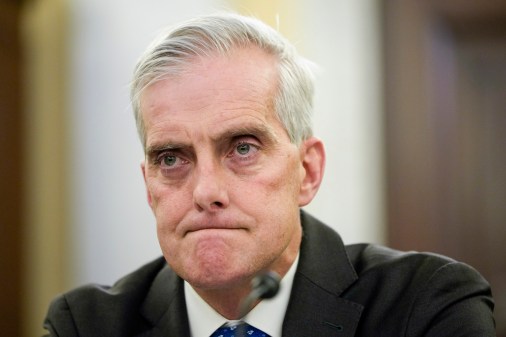VA improving data standardization to meet clinicians’ electronic health record needs

The Department of Veterans Affairs has standardized the vast majority of the high-priority datasets it’s transferring to two platforms that form the backbone if its Electronic Health Record Modernization effort, according to a senior official.
Acting Deputy Chief Information Officer Laura Prietula said Thursday that transferring the data in a uniform fashion to the Cerner Millennium and HealtheIntent platforms has required the EHRM Integration Office to make “significant improvements” to its processes.
Prietula has only been in her role since December, during which time the Government Accountability Office released findings that VA failed to ensure the data being migrated met clinicians accessibility, accuracy and appropriateness needs since August 2019 and recommended the department develop performance measures and a stakeholder register.
“We’ve learned a lot around the lack of standardization,” Prietula said, during AFCEA Bethesda‘s 14th annual Health IT Event on Thursday. “And it may not just be because of the data models themselves but also some processes that we need to change or policies.”
The EHRM Integration Office continues to clean and curate data via its Vx130 platform, which migrates data from VA’s legacy VistA system to Cerner‘s platforms, and is in the process of ensuring the right metrics and instrumentation are in place, she added.
Once all medical center data is in the cloud with the right instrumentation linking it, VA will have operational awareness and be able to identify what’s going well and poorly with respect to its clinicians’ experiences.
The EHRM Integration Office is also improving data entry practices to ensure inputs aren’t skipped when the information isn’t immediately available, Prietula said.
GAO found VA’s lack of stakeholder register of all relevant players in its health care space prevented it from fully addressing data reporting needs. The EHRM Integration Office is partnering more closely with the Veterans Health Administration to identify and standardize the appropriate data.
“There are some categories that we’re working more directly with our VHA functional community on,” Prietula said. “We are in this journey together in making sure that the standardization is appropriate, and that [data] is securely transferred, to ensure that we can provide the clinical decision support insights that the clinical community truly needs from us.”



